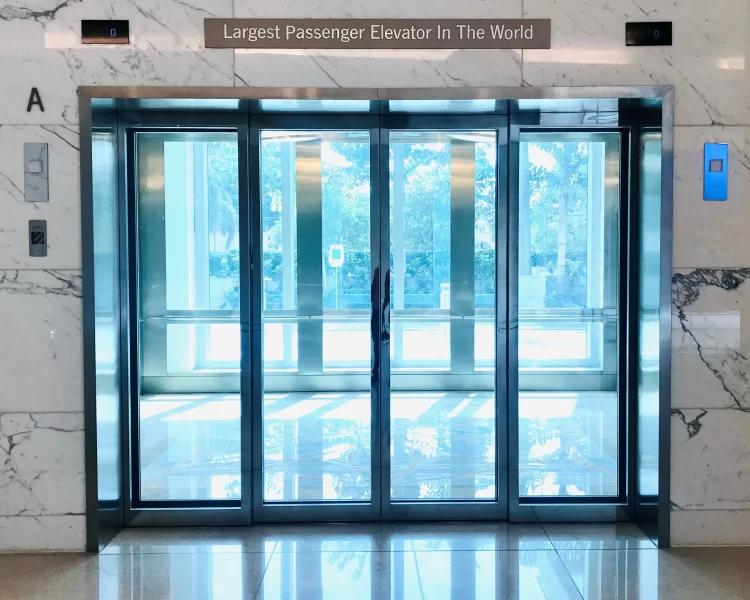Daniel Suelo, 51, is a very special person. in 2001, standing on the edge of a highway, he left his life savings, $30, in a phone booth and walked into the desert to start a new life, one that wasn’t based on the rules of modern capitalism. He gave up using money and began living in caves, foraging for wild berries and scavenging for roadkill raccoons and squirrels.
Suelo became an inspiration for thousands of Americans affected by the economic crash and activists like members of the Occupy movement, after his friend, Mark Sundeen, started documenting his way of life. A friend of Daniel, Sundeen admits he though he had gone crazy or suffered a mental break down the first time he heard he had given up money and moved to the desert, in Moab, Utah. They had been out of touch for a few years, but after the economic crash of 2008, he started thinking about his old friend’s ideas. Suelo had once said money was just an illusion, it wasn’t real, and when the money everyone thought they had just started disappearing, Sundeen began to realize Daniel had a point. Because if your house was worth $500,000 today, and just $300,000 the next, what happened to that $200,000, what was that money in the first place? That was when the author got in touch with Suelo and started studying his life.








